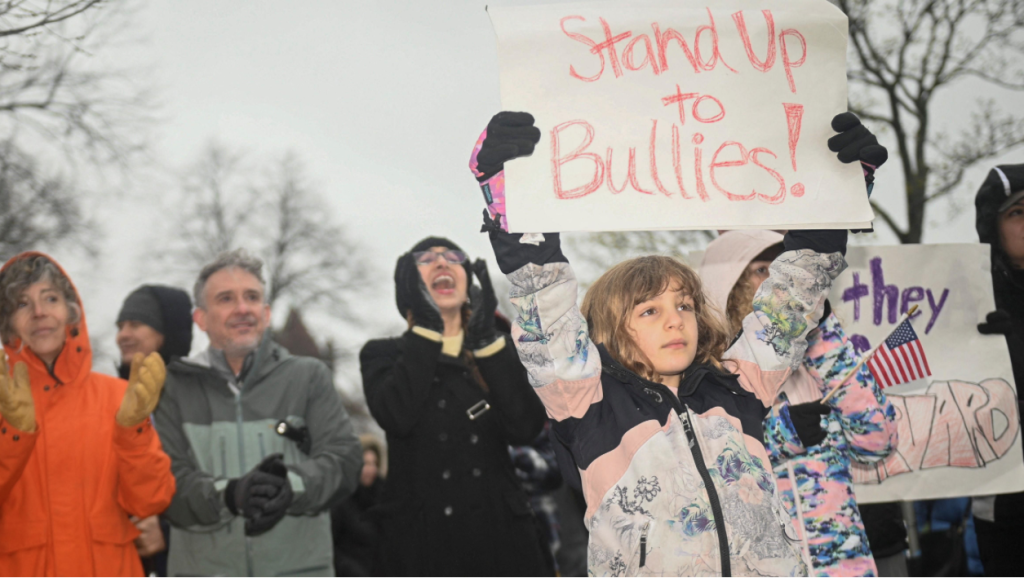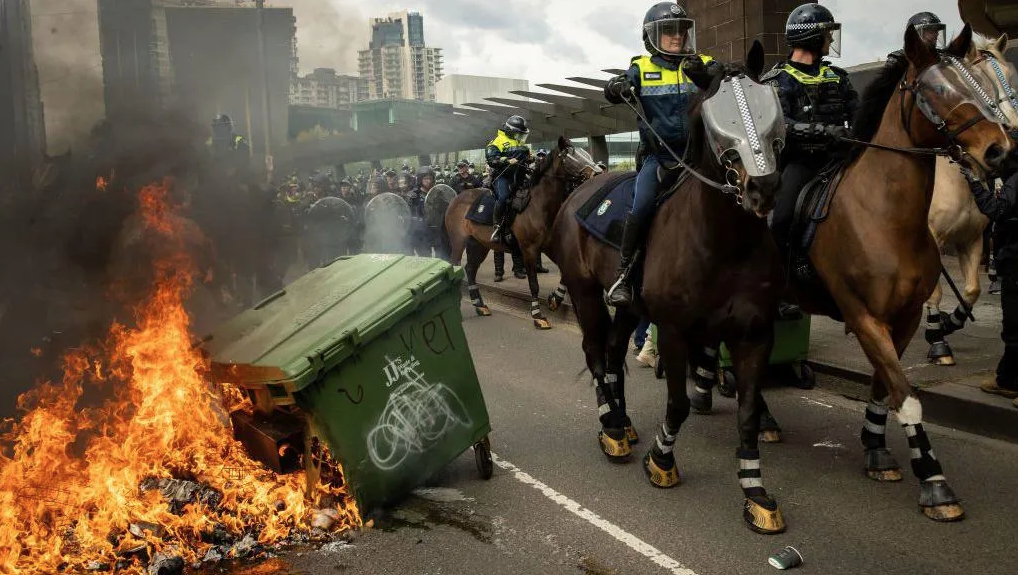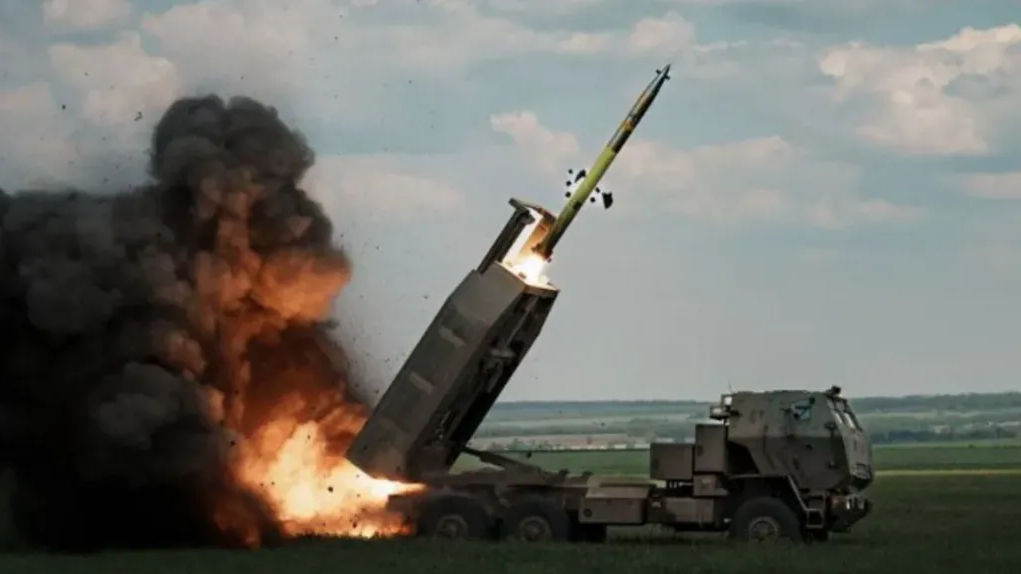The midwives who stopped murdering girls and started saving them
Written by BBC on September 11, 2024
Midwife Siro Devi is clinging to Monica Thatte, sobbing. Monica, in her late 20s, has returned to her birthplace – the Indian town where Siro has delivered hundreds of babies.
But this is no straightforward reunion. There is a painful history behind Siro’s tears. Shortly before Monica was born, Siro and several Indian midwives like her were regularly pressured to murder newborn girls.
Monica, evidence suggests, is one they saved.
I have been following Siro’s story for 30 years, ever since I went to interview her and four other rural midwives in India’s Bihar state in 1996.
They had been identified by a non-governmental organisation as being behind the murder of baby girls in the district of Katihar where, under pressure from the newborns’ parents, they were killing them by feeding them chemicals or simply wringing their necks.
Hakiya Devi, the eldest of the midwives I interviewed, told me at the time she had killed 12 or 13 babies. Another midwife, Dharmi Devi, admitted to killing more – at least 15-20.
It is impossible to ascertain the exact number of babies they may have killed, given the way the data was gathered.
But they featured in a report published in 1995 by an NGO, based on interviews with them and 30 other midwives. If the report’s estimates are accurate, more than 1,000 baby girls were being murdered every year in one district, by just 35 midwives. According to the report, Bihar at the time had more than half a million midwives. And infanticide was not limited to Bihar.
Refusing orders, Hakiya said, was almost never an option for a midwife.
“The family would lock the room and stand behind us with sticks,” says Hakiya Devi. “They’d say: ‘We already have four-five daughters. This will wipe out our wealth. Once we give dowry for our girls, we will starve to death. Now, another girl has been born. Kill her.’
“Who could we complain to? We were scared. If we went to the police, we’d get into trouble. If we spoke up, people would threaten us.”

Amitabh watching the extraordinary interviews he did with the midwives in the 90s.
The role of a midwife in rural India is rooted in tradition, and burdened by the harsh realities of poverty and caste. The midwives I interviewed belonged to the lower castes in India’s caste hierarchy. Midwifery was a profession passed on to them by mothers and grandmothers. They lived in a world where refusing orders of powerful, upper-caste families was unthinkable.
The midwife could be promised a sari, a sack of grain or a small amount of money for killing a baby. Sometimes even that was not paid. The birth of a boy earned them about 1,000 rupees. The birth of a girl earned them half.
The reason for this imbalance was steeped in India’s custom of giving a dowry, they explained. Though the custom was outlawed in 1961, it still held strong in the 90s – and indeed continues into the present day.
A dowry can be anything – cash, jewellery, utensils. But for many families, rich or poor, it is the condition of a wedding. And this is what, for many, still makes the birth of a son a celebration and the birth of a daughter a financial burden.
Siro Devi, the only midwife of those I interviewed who is still alive, used a vivid physical image to explain this disparity in status.
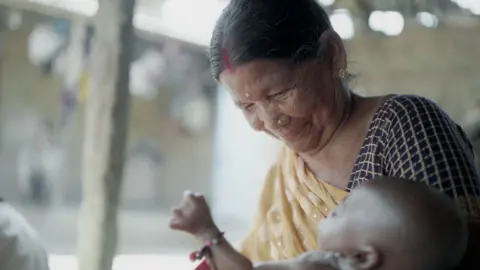
Siro has worked as a midwife since she was a child.
“A boy is above the ground – higher. A daughter is below – lower. Whether a son feeds or takes care of his parents or not, they all want a boy.”
The preference for sons can be seen in India’s national-level data. Its most recent census, in 2011, recorded a ratio of 943 women to every 1,000 men. This is nevertheless an improvement on the 1990s – in the 1991 census, the ratio was 927/1,000.
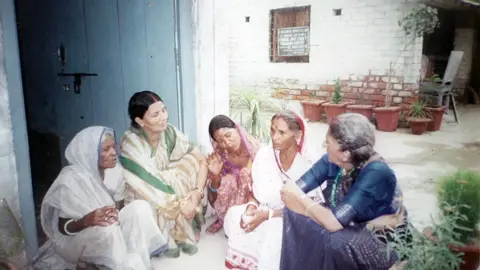
Anila Kumari (second left), a social worker, led sessions in the 1990s to nudge the midwives into a different approach.
By the time I finished filming the midwives’ testimonies in 1996, a small, silent change had begun. The midwives who once carried out these orders had started to resist.
This change was instigated by Anila Kumari, a social worker who supported women in the villages around Katihar, and was dedicated to addressing the root causes of these killings.
Anila’s approach was simple. She asked the midwives, “Would you do this to your own daughter?”
Her question apparently pierced years of rationalisation and denial. The midwives got some financial help via community groups and gradually the cycle of violence was interrupted.
Siro, speaking to me in 2007, explained the change.
“Now, whoever asks me to kill, I tell them: ‘Look, give me the child, and I’ll take her to Anila Madam.’”
The midwives rescued at least five newborn girls from families who wanted them killed or had already abandoned them.
One child died, but Anila arranged for the other four to be sent to Bihar’s capital, Patna, to an NGO which organised their adoption.
The story could have ended there. But I wanted to know what had become of those girls who were adopted, and where life had taken them.


